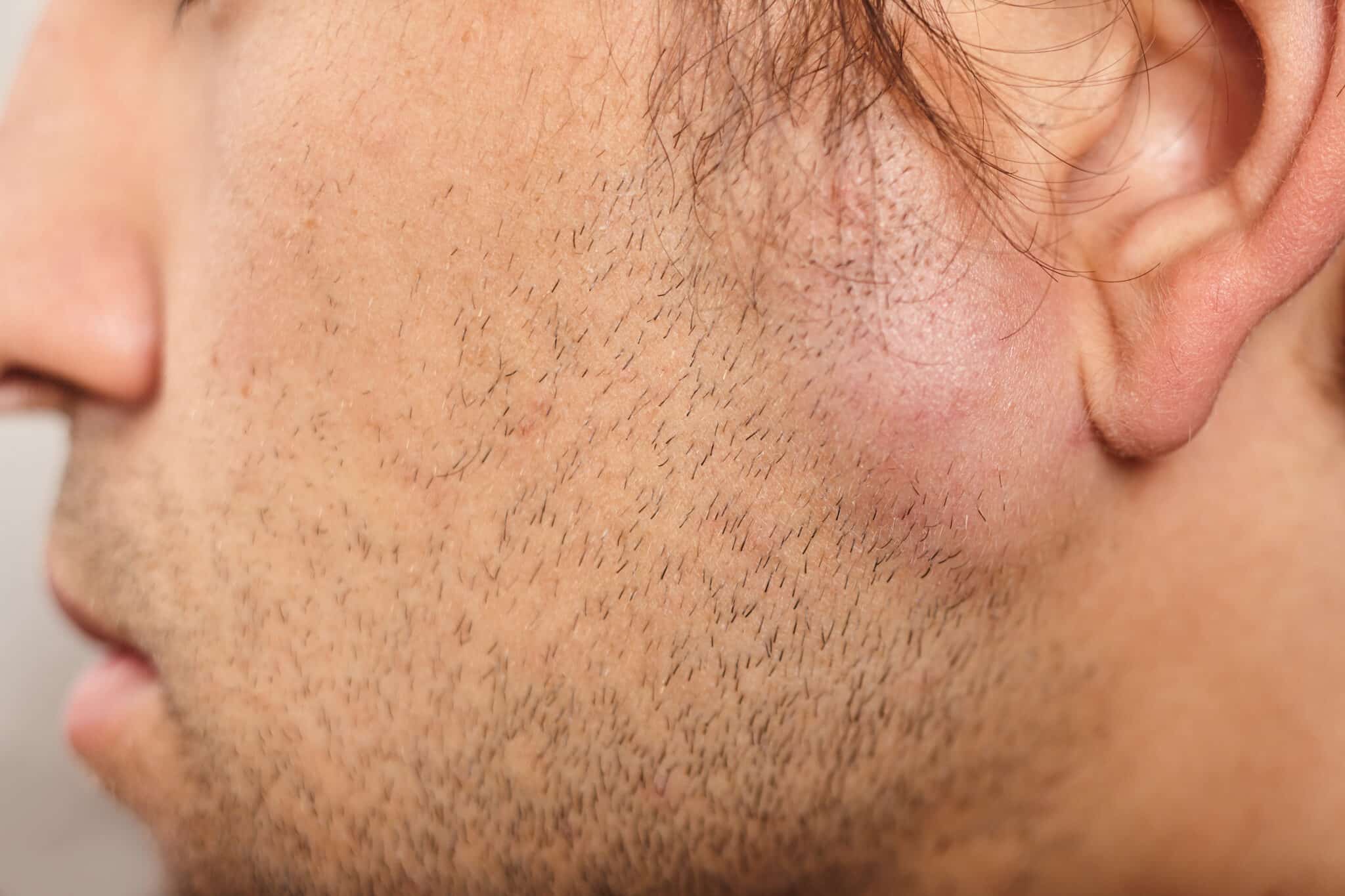
If you've noticed a soft, movable lump under your skin, you might wonder if it could be a lipoma. Lipomas are generally benign, fatty tumours that develop beneath the skin.
While they are usually harmless, confirming the diagnosis and exploring removal options is essential. This article will cover the diagnosis, symptoms to watch for and professional lipoma removal methods here in Singapore.
Your medical history is critical to the diagnostic process. A comprehensive medical history helps doctors make informed decisions about the necessity of further tests or procedures.
Informing your doctor about any family history of lipomas or other relevant medical conditions can provide valuable insights. This information is essential for an accurate diagnosis if you've had similar lumps in the past or if there have been changes in the lump's size or characteristics.
The first step in diagnosing a lipoma involves a clinical examination by a healthcare provider. During this examination, your doctor will assess the characteristics of the lump.
The lump's size, location, and texture will be carefully evaluated. Lipomas typically feel soft and rubbery, easily movable under the skin. They are usually painless unless they press on nerves or blood vessels.
Your doctor will also inquire about any pain or discomfort associated with the node. Clinical examinations are crucial for differentiating lipomas from other lumps or masses that may require a different treatment method.
In some cases, it is advised to get imaging tests to have a clearer picture of the lump and surrounding tissues. Ultrasound is a common imaging technique used for lipoma diagnosis. It allows doctors to visualise the characteristics of the lump, confirm its fatty nature, and rule out other potential concerns.
MRI (Magnetic Resonance Imaging) may also be employed, generating detailed images of the soft tissues and helping determine the extent of the lipoma. These imaging studies are instrumental when the lipoma is deeper within the body, or there's uncertainty about its composition.
Biopsies are typically not the first line of diagnosis for lipomas, as the characteristics observed through clinical examination and imaging studies are often sufficient for a confident diagnosis. However, they may be considered in specific cases to ensure accuracy.
A biopsy involves extracting a small tissue sample from the mass and examining it under a microscope. Investigating the tissue sample can confirm the diagnosis and rule out rare cases where the lipoma may be a more concerning type of tumour. Due to partial sampling, biopsies hold the risk of false negatives. That’s why doctors typically refer their patients to surgery for complete removal of the lipoma.
Recognising the signs of a lipoma is important for early detection and prompt medical attention. Here are some common symptoms associated with lipomas.
If you notice any of these signs, you should consult with a healthcare professional for a thorough examination and appropriate diagnosis.
While lipomas are usually benign, some people want them removed for cosmetic reasons or if they cause discomfort. Here are some treatment options for lipoma removal.
Surgical removal is a common and effective method for eliminating lipomas. In this procedure, the surgeon makes an incision, removes the lipoma, and closes the wound with stitches. One minimally invasive procedure that shows promise is minimal incision extraction. It involves making smaller incisions than traditional excision. This procedure can be technically challenging and time-consuming but it can result in less noticeable scars. More advanced techniques utilise even tinier incisions that may be similar in size to liposuction incisions.
For larger lipomas or those in sensitive areas, liposuction may be considered. This minimally invasive procedure inserts a thin tube to break up and suction out the fatty tissue. Liposuction is less invasive than surgical excision. However, it may not remove the entire lipoma, increasing the recurrence risk of the lipoma. Liposuction can also be costly depending on the treatment area.
Steroid injections may be used to shrink the size of the lipoma in some cases, especially if surgical removal is not desired or feasible. Steroid injections can also be used to shrink giant lipomas before they are removed to reduce scarring.
Compounds are injected to target fat cells and can shrink or eliminate large lipomas.
The treatment choice depends on various factors, and your doctor will discuss the options best suited to your case.
If you're considering lipoma removal and seeking a reputable clinic, 1Aesthetics offers specialised treatments, including the removal of lipomas, skin tags and milia. Our experienced professionals prioritise patient safety and satisfaction.
Choosing a specialised clinic like 1Aesthetics ensures that you receive expert care throughout the lipoma removal, from consultation to recovery. Learn more about lipoma removal and its price by scheduling a consultation today.
Address:
1Aesthetics, Medical & Surgery
#14-90 The Central Tower 1
8 Eu Tong Sen Street
Singapore 059818
Mon-Fri 10 AM to 730 PM
Sat 10 AM to 6 PM
Phone / WhatsApp:
+65 66125173 / +65 84899962
Email:
[email protected]